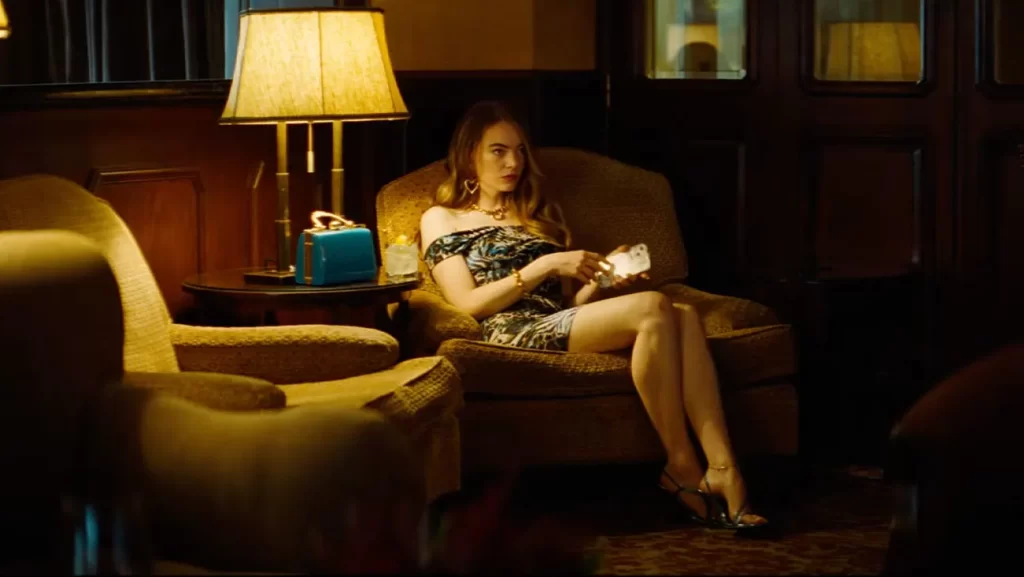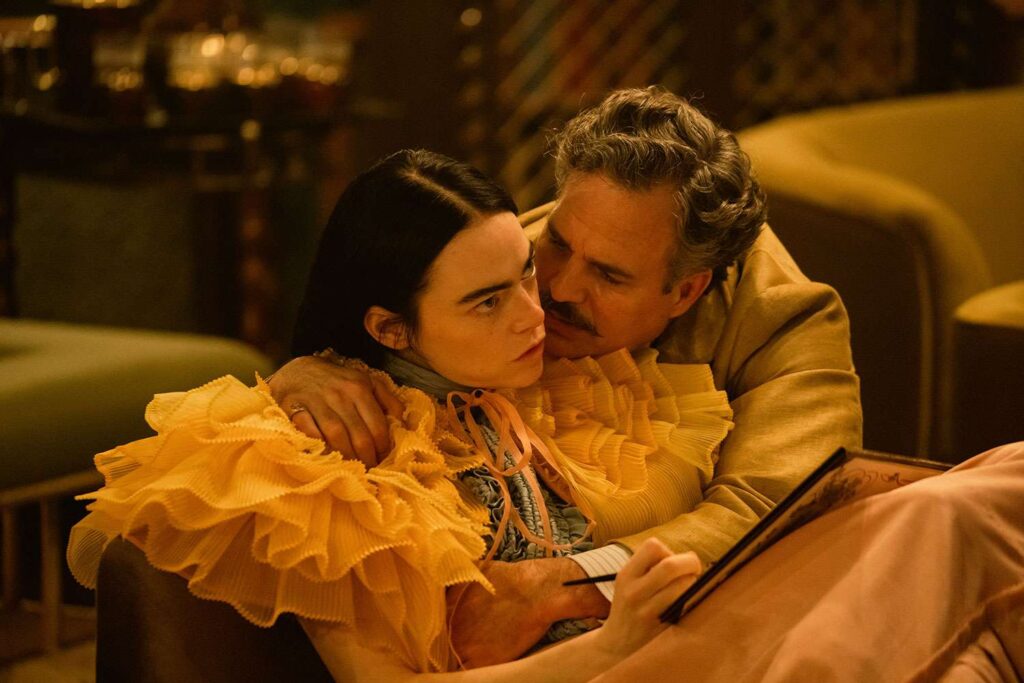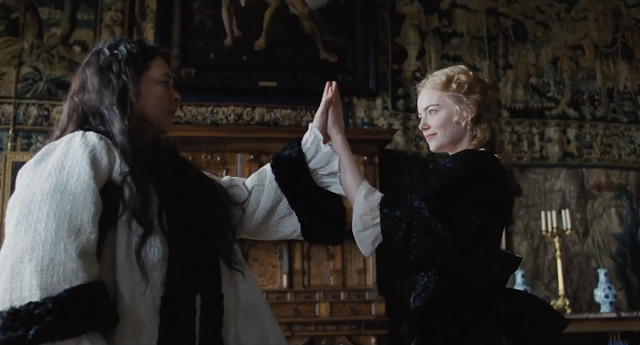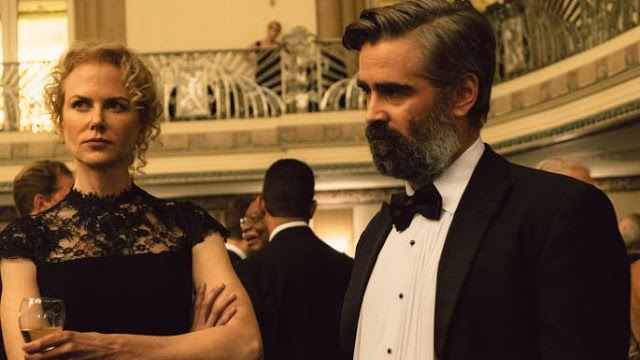Kinds of Kindness: Thrice, Guys Finish Last

The excellence of Poor Things wasn’t a surprise, but the crowd-pleasing nature of it was, given that Yorgos Lanthimos had spent most of his career crafting bizarre, angular pictures which proved alienating to any mainstream audiences who stumbled upon them. (No movie I’ve recommended has induced more aggrieved “Why did you make me see that?!” responses than The Lobster.) If you hoped or feared that the one-two Oscar-nominated punch of The Favourite and Poor Things heralded a populist shift in Lanthimos’ trajectory, Kinds of Kindness has arrived to either disappoint or reassure you. Regardless of your take on Lanthimos—and in this critic’s view, he is one of the most inventive and skillful directors working today—you cannot deny that his latest movie represents a return (reversion?) to his typical, twisted form.
This isn’t to say that he’s repeating himself. Sure, the usual indicia of a Lanthimos production are on display: an absurdist tone, staccato dialogue, spasmodic violence, choose-your-own-adventure metaphors. Instead, the chief departure here is structural. Kinds of Kindness is an anthology picture, telling three separate stories which, at least in dramatic terms, are wholly distinct from one another. But because the segments all feature the same central cast—a who’s-who of talented American actors comprising (deep breath) Emma Stone, Jesse Plemons, Willem Dafoe, Margaret Qualley, Hong Chau, and Mamoudou Athie—and because their titles all mention the same acronymic figure (a bearded fellow called R.M.F., played wordlessly by Yorgos Stefanakos), they naturally invite speculation as to their thematic commonalities. Read More




